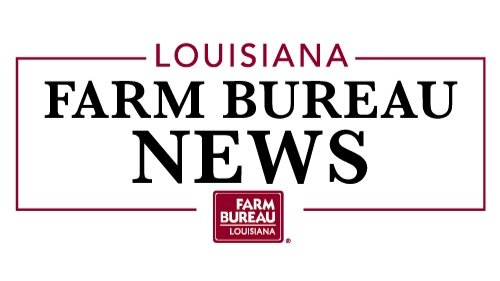Historic Flooding Devastates South Louisiana
Floods, hurricanes, torrential rain storms -- all disasters and all realities that Louisiana residents know all too well.
Photo by Bill Sherman
The U.S. government has already declared four parishes -- Tangipahoa, St. Helena, East Baton Rouge and Livingston -- to be major disaster areas. Gov. John Bel Edwards is pushing for other areas to be added to that list.
According to the National Weather Service, this weekend’s record-breaking rainstorm in Louisiana is at least the eighth 500-year rainfall event across America in the last 14 months.
As of today, more than 20,000 people have been rescued from their homes in and around the Baton Rouge area. The governor warns that the situation is still dangerous for many people, and no one should go out and "sight see" around the flooded areas. It's best if people in the affected areas -- Baton Rouge, Lafayette and the Florida Parishes -- stay put.
The Louisiana Department of Wildlife and Fisheries provided updated figures on how many people and animals they've rescued from the floods so far, up until 5 a.m. Monday morning:
Tangipahoa - 305 people and 108 animals
Washington - 3 people
Livingston - 143 people and 57 animals
St. Helena - 25 people
East Baton Rouge - 1,422 people and 223 animals
Iberia - 41 people and 3 animals
Lafayette - 828 people and 113 animals
East Feliciana - 49 people and 5 animals
West Feliciana - 2 people
Vermilion - 92 people and 27 animals
Acadia - 22 people and 2 animals
St. Landry - 22 people and 14 animals
Ascension - 28 people and 14 pets
Photo by Neil Melancon
As people wait for the water to recede from their homes, many without flood insurance are worried about the next step. Louisiana Commissioner of Insurance Jim Donelon estimated that 75 percent of those whose homes were flooded do not have flood insurance, according to the Baton Rouge Business Report.
In a press conference Sunday night, Gov. John Bel Edwards informed residents that, you might still be able to get some relief, even if you don't have flood insurance.
If you live in one of the parishes that have been declared a major disaster area, you could qualify for help repairing your home, even with no flood insurance. Edwards said people who document the damage to their homes could receive as much as $32,000 for repairs and rehabilitation. The governor encouraged every affected property owner to meticulously track damage to their homes to make it easier to seek compensation.
Click here to register & document your damages through the Disaster Assistance Program.
If your property has flooded, make a note of these phone numbers and websites:
FEMA: www.DisasterAssistance.gov
1-800-621-FEMA
National Flood Insurance Program: www.floodsmart.gov
1-888-379-9531
Volunteer Opportunities: www.volunteerlouisiana.gov
225-291-4533
The days ahead won't be easy for flooded homeowners. To help, here are some articles on mold remediation and other tips for cleaning out flooded homes.
What to do in the first 24 hours after a flooded house
Flooded house? What to do next.
As Gov. Edwards said Sunday evening, please stay off of the roadways unless it’s absolutely necessary for you to be traveling in the next few days.
Here is a list of road closures, shelter information, school and business closures, and other flood related info:
Photo by Neil Melancon
For questions about animals (pets or livestock) including sheltering, evacuations, feeding etc. please contact your local parish OEP. Here is a link to Parish contacts.
http://gohsep.la.gov/ABOUT/PARISHPA
If you have livestock displaced from the flood or you need hay for your animals, the Louisiana Farm Bureau has activated its hay clearinghouse.
Louisiana Farm Bureau Hay Clearinghouse



